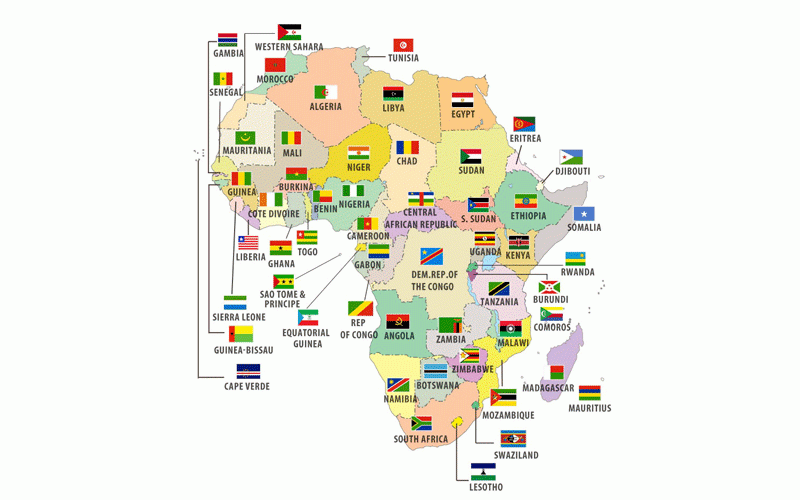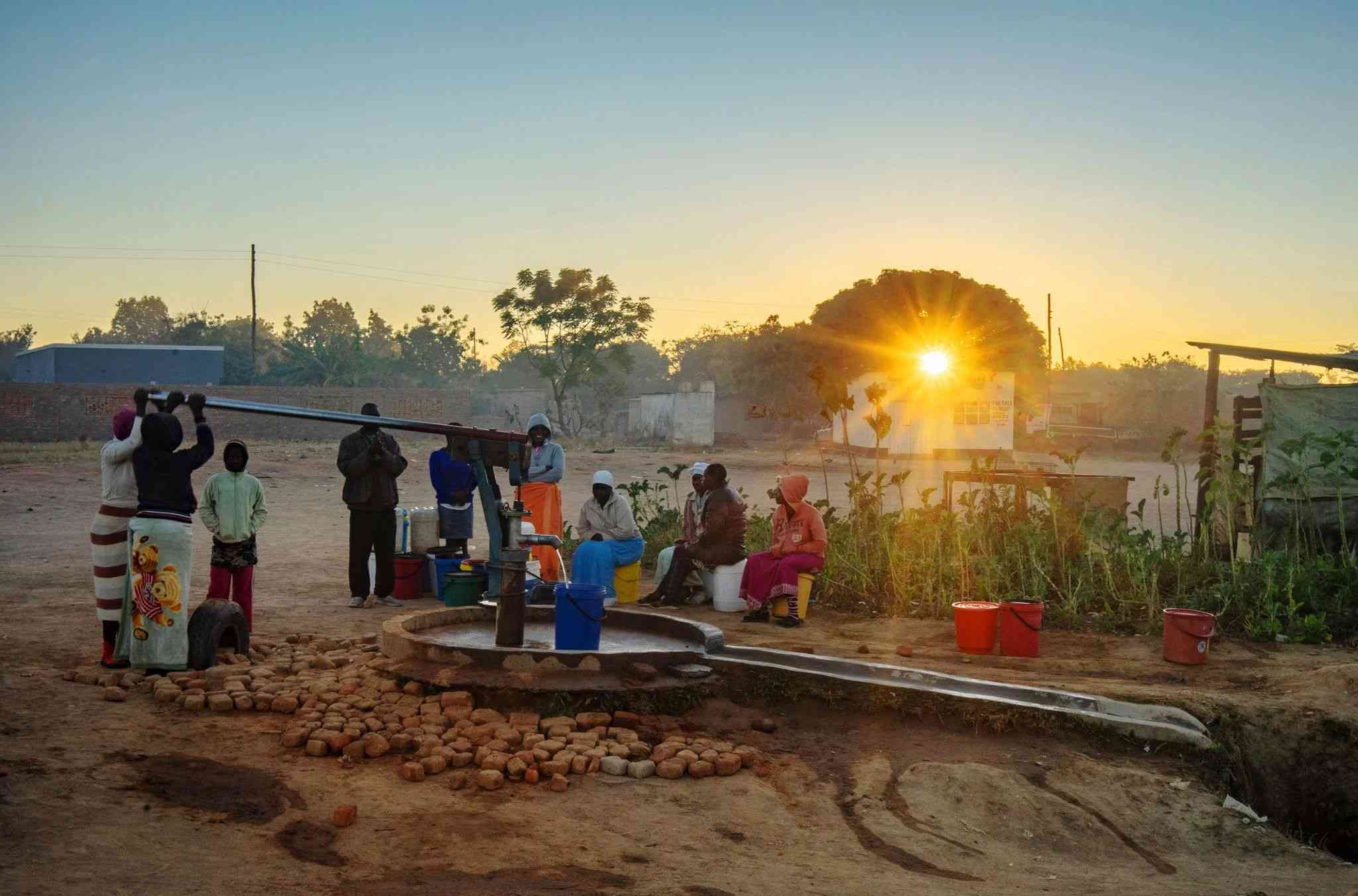
THE annual debt bulletin for the 2023 financial year is out!
This is a document prepared by the Public Debt Management Office in the Ministry of Finance, Economic Development and Investment Promotion.
It contains the essential information about how the country is managing both its domestic and external debt.
This article will dig deep into the state of Zimbabwe’s debt stock as of December 2023 based on the document.
Just like an individual or a corporation, when your expenditure exceeds your income, one of the ways you can finance that deficit is through borrowing. This is not to say that borrowing is the only way or the most sustainable way to meet our additional expenditure but oftentimes even companies find themselves in debt.
Debt itself is not necessarily bad. In fact, corporate finance specialists might argue in favour of gearing, and other developed countries like the United States of America (USA) have high levels of debt, but the uses of that debt and the repayment reputation are key.
Zimbabwe’s public and publicly guaranteed (PPG) debt as of the end of 2023 stood at US$21 billion, representing a 16% jump from the 2022 debt numbers. This PPG is broken down as US$13 billion in external debt and the remaining US$8 billion in domestic debt. It is worth noting that 94% of domestic debt is actually in USD according to the report.
The external debt which stood at US$658 million in 1980 has grown due to both arrears interest and penalties, together with Disbursed Outstanding Debt (DOD).
The DOD represents the debt, which was actually received and utilised, as opposed to just a commitment, whilst the arrears and penalties reflect the additional obligations that arose due to failure to meet initial agreement and debt covenants.
It is worth noting that the DOD is only US$2,1 billion, whilst Principal Arrears account for US$6,7 billion and interest arrears plus penalties take another US$4,2 billion.
Put differently, holding other things constant, had Zimbabwe been consistently and diligently paying off its financial obligations, its external debt would be less than a fifth of where it is right now.
Paying off your financial obligations on time is not only cheaper but also gives you the opportunity to continue borrowing at lower costs. One who is always in default is deemed a risky borrower and hence the debt overhang makes the cost of their debt increase.
In the past 20 years, Zimbabwe’s external debt only contracted in two calendar years i.e. 2014 and 2022, and in both cases by 4%.
This means that in that year the borrower managed to pay out more than their dues for that particular year, and if you continue to do that you reduce your debt stock.
The unfortunate part is that in the subsequent years, the debt stock then increased. In 2023, Zimbabwe made external debt service payments amounting to US$57,3 million, broken down as US$27,2 million for the active portfolio, US$19,4 million for legacy debts and token payments worth US$10,4 million.
However, external loans concluded in the same year were US$437 million, explaining the increase in the debt stock.
One fact, anyone who reads the debt report cannot help but want to spend time digesting is the fact that the bulk of Zimbabwe’s obligations with the Paris Club, World Bank and African Development Bank are arrears as opposed to the borrowed and disbursed principal.
With the European Investment Bank, both the arrears and penalties are also very prevalent in the pictorial depiction of the debt status. However, Zimbabwe has hardly any arrears nor penalties with Afreximbank.
On a lighter note, this gets one asking whether there is any connection between the relationship with the creditor and Zimbabwe’s chances to repay.
The country’s external debt is broadly categorised into three creditor groupings, which are bilateral, multilateral and the Reserve Bank of Zimbabwe (RBZ) liabilities assumed by the Treasury.
The Paris club and non-Paris club members constitute our bilateral creditors with the significant creditors being China and Germany, amongst others. Multilateral creditors include the World Bank, Afreximbank and African Development Bank, amongst others. More than US$3,1 billion is owed to them.
The Treasury assumed debt from the RBZ, part of it which came from the blocked funds. That money is the other piece of the external debt bill.
Zimbabwe for the periods between 2005 and 2009, due to the hyperinflation in the country, could not quantify the domestic debt and the debt remained at zero until 2011.
The debt, which was only US$344 million by the end of 2013 has in 10 years skyrocketed to US$8 billion, with US$3 billion of the domestic debt generated in 2023.
Of the entire domestic debt, slightly over half is in debt securities i.e. Treasury bills and bonds (TBs). TBs worth US$2,8 billion were issued last year and US$1,9 billion of that was a capitalisation loan to Mutapa investment fund which is expected to be repaid at some point.
The other US$924 million was issued to expunge legacy debts at the central bank. The maturity profiles of these securities are stretching to 2043, with the majority of them concentrated between 2025 and 2033.
The biggest challenge with these securities is that some investors have reported that the maturity of their instruments was extended, which is technically a default.
Although some of them might not have the power to punish the borrower, it has a reputational risk on the borrower’s part. The other 43% of domestic debt is in relation to the former commercial farmers' compensation, which was assumed by the government.
In conclusion, Zimbabwe is still miles away from where it wants to get it. It is currently accessing hot and expensive money from partners like Afreximbank due to the state of its affairs with institutions that lend at fairly cheaper costs.
The debt level, calculated as a percentage of the gross domestic product, is still 17 percentage points above the target, as denoted in the country’s economic blueprint.
- Hozheri is an investment analyst with an interest in sharing opinions on capital markets performance, the economy and international trade, among other areas. He holds a B. Com in Finance and is progressing well with the CFA programme. — 0784 707 653 and Rufaro Hozheri is his username for all social media platforms.










